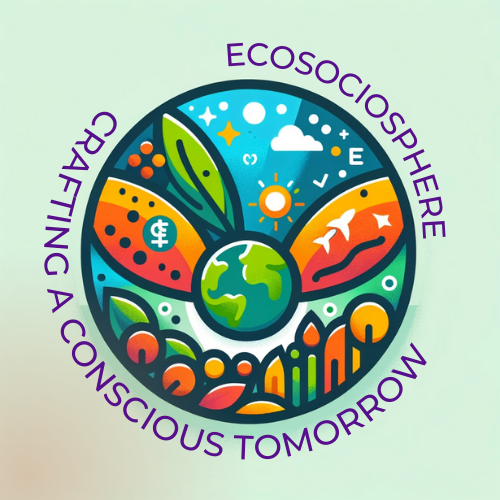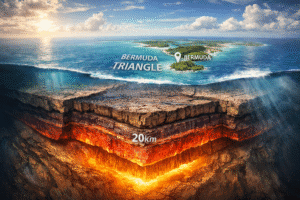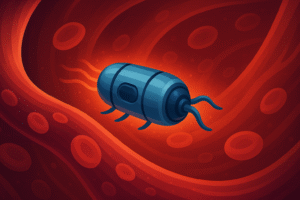Fun fact: Humans are the only animals known to blush—our faces turn red from emotional exposure, not physical heat.
Ever tripped in public, said something awkward, or realized your fly was open in the middle of a conversation? That burning heat crawling up your cheeks? That’s blushing—a deeply human, deeply weird phenomenon. It’s involuntary. It’s immediate. And it’s universal. In this blog, we explore a simple question that unravels layers of psychology, evolution, and emotion: Why do humans blush?
Whether it’s a romantic compliment, a classroom mistake, or accidentally replying all to the office email, blushing reveals us in ways words never could. But what’s really going on under the skin? And why do we get so red when we want to disappear?
The Science of Turning Red
Blushing happens when our face (and sometimes neck, ears, and chest) suddenly becomes red due to a rush of blood. This reaction is regulated by the autonomic nervous system—more precisely, the sympathetic branch, which is responsible for triggering our fight-or-flight response.
When we feel embarrassed or self-conscious, our brain interprets it as a threat—yes, social judgment is a kind of predator. This activates the hypothalamus (a region of the brain controlling emotional responses), which then signals our adrenal glands to release adrenaline (epinephrine). Adrenaline dilates the blood vessels in our skin, especially in the face, causing that telltale redness.
Unlike other physical reactions like sweating or heart racing, blushing is the only one we can’t voluntarily fake or suppress. That makes it uniquely honest—and uniquely vulnerable.
A Public Apology, in Blood
Charles Darwin was obsessed with blushing. He called it “the most peculiar and most human of all expressions.” In fact, he devoted an entire chapter of The Expression of the Emotions in Man and Animals to it.
To Darwin, blushing was a social signal—an involuntary way of showing others that we acknowledge a social misstep. It’s essentially a non-verbal apology. You spill coffee on someone? You blush. You forget someone’s name? You blush. It’s your body saying, “I didn’t mean to. Please don’t judge me too harshly.”
This helps maintain group harmony. If you can visibly show remorse or embarrassment, it tells others that you’re socially aware, not hostile, and capable of self-correction. In a tribal society, where exile meant death, being seen as trustworthy could save your life.
Case Study: The Public Speaking Nightmare
Consider Raj, a 24-year-old software engineer from Pune. He’s asked to present at his company’s annual review. Ten minutes in, he stumbles on his words, mispronounces his manager’s name, and loses track of his slides. He feels the flush rise in his cheeks. Everyone sees it. He sees that they see it.
But here’s the twist: they’re not laughing. They empathize. They’ve been there. His visible discomfort actually makes him more relatable, not less. Several colleagues later admitted they felt more connected to him because he was “genuine.”
Blushing, in this way, becomes a tool for connection—even as it feels like a curse.
Blushing Across Cultures
Blushing might be universal, but our reactions to it vary across cultures.
In individualistic cultures like the United States, blushing is often seen as a personal flaw—something to hide or overcome. In collectivist societies like Japan, it can be a sign of humility and respect. “Haji” (shame) is not something to avoid, but to embrace as a sign of moral integrity.
Interestingly, studies show that even in cultures where dark skin tones mask visible redness, people still feel the blush. The physiological response is there—whether others can see it or not.

The Blush Reflex and Mental Health
Blushing can also be linked to social anxiety disorder (SAD), where the fear of being judged or embarrassed becomes overwhelming. For some, the anticipation of blushing becomes a trigger in itself, creating a feedback loop: anxiety → blush → more anxiety.
Some individuals develop erythrophobia—the fear of blushing. This can be so intense that it affects daily life. In rare cases, people seek medical interventions like endoscopic thoracic sympathectomy (ETS), a surgical procedure that severs nerves to reduce blushing. But these come with serious side effects, including compensatory sweating and nerve damage.
This reminds us: something as seemingly trivial as a red face can have deep emotional consequences.
Evolution’s Odd Little Feature
But if blushing makes us feel so exposed, why hasn’t evolution phased it out?
Because it works. Blushing builds trust. Research shows that people who blush after a social faux pas are more likely to be forgiven. In dating scenarios, a blush can make someone appear more attractive—signalling vulnerability and sincerity.
In a world increasingly saturated with curated selfies and performative perfection, there’s something radically honest about a face that goes red. It says: I’m human. I care. I messed up—and I know it.
From Shakespeare to Snapchat
Blushing has long been a literary symbol of innocence, modesty, and inner turmoil. Shakespeare was a fan. So were the Brontë sisters. In modern pop culture, we see it in anime (with those pink cheek lines), memes, and even emojis. The 🥺 or 🫣 face? That’s blushing, digitized.
But in the age of filters and face-tuning, are we losing touch with real emotional cues? When was the last time you saw someone blush on Instagram? Are we editing out the most honest parts of ourselves?
Why It Matters Today
We live in a world where emotional honesty is both craved and feared. We long for authenticity, yet punish imperfection. Blushing forces us to confront both—it reveals vulnerability, even when we don’t want to show it.
But maybe that’s its power. Maybe the blush isn’t a weakness at all. Maybe it’s one of the last things we have that can’t be faked, sold, or branded.
Conclusion: Let the Red Rise
So, why do humans blush? Because we care. Because we’re social. Because we’re flawed, emotional beings trying to navigate the awkward mess of connection.
Blushing is the body’s way of waving a white flag on the battlefield of social interaction. It says, “I see you seeing me.” And that, in a world of digital distance, is a beautiful thing.
So the next time your cheeks burn, don’t curse your biology. Thank it. It’s trying to help you belong.
Author’s Note
Writing this made me revisit every awkward moment I’ve ever had—and realize they were often the moments that made me more human. If blushing is the price of sincerity, maybe it’s a price worth paying.
G.C., Ecosociosphere contributor.




